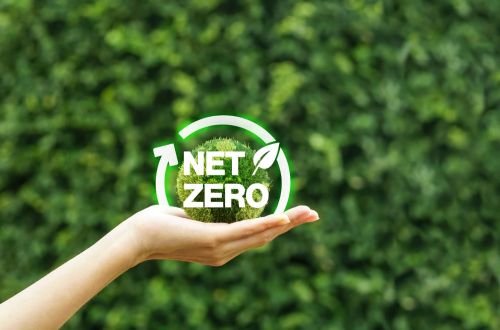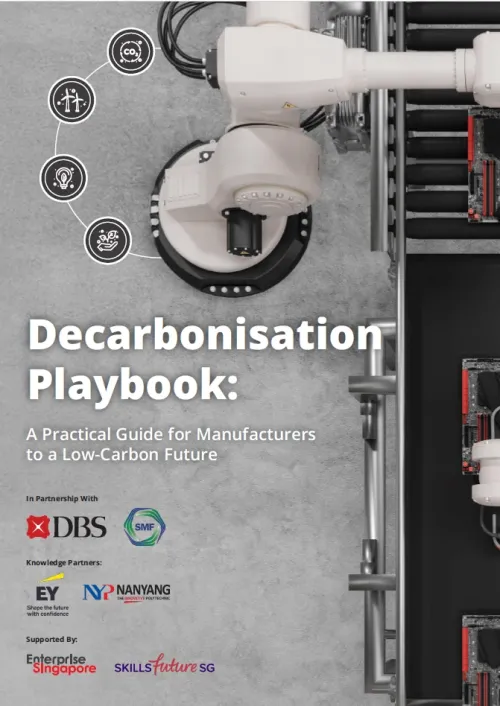Nestlé Launches Sustainable Paper Packaging to Cut Plastic Waste


Cut through the green tape
We don't push agendas. At Net Zero Compare, we cut through the hype and fear to deliver the straightforward facts you need for making informed decisions on green products and services. Whether motivated by compliance, customer demands, or a real passion for the environment, you’re welcome here. We provide reliable information—why you seek it is not our concern.
Nestlé continues its drive towards a more sustainable future with the introduction of innovative paper-based packaging solutions. In a significant step toward reducing plastic waste, the company is transitioning a growing range of its products to paper packaging, enhancing recyclability and lowering environmental impact. This initiative is part of Nestlé’s ambitious pledge to make all packaging recyclable or reusable by 2025.
The shift affects several of Nestlé's well-known food and beverage brands, offering customers more eco-friendly choices. With Research and Development teams working to ensure these new packaging formats maintain product quality and safety, Nestlé is actively addressing the challenges of packaging innovation while minimizing waste. These sustainable alternatives play a vital role in Nestlé’s strategy to reduce plastic use, fostering a circular economy.
Vital Proteins
In the United States, Nestlé has launched paperboard canisters for its Vital Proteins brand, resulting in a remarkable 90% reduction in plastic compared to previous packaging. Developed by experts at Nestlé Health Science's R&D centre in Bridgewater, New Jersey, these new canisters feature a proprietary coverlid that is both rigid and tight, ensuring easy opening and closing while remaining leak and spill-proof
Nescafé
Nestlé has introduced two significant packaging changes for its popular Nescafé brand:
A high-barrier paper refill pack in the United Kingdom, allowing consumers to replenish their glass Nescafé jars at home without compromising product freshness or quality
New packaging for the Nescafé Cappuccino range in Europe, featuring a paper body instead of the previous plastic can
These innovations have led to a 97% reduction in packaging weight for the refill pack and full recyclability in the paper waste stream for the Cappuccino range packaging
Developing paper packaging for coffee products presents unique challenges due to the sensitivity of coffee to oxygen and humidity. Axel Touzet, Head of the Coffee Business Unit for Nestlé, emphasized the additional efforts required to ensure product freshness and quality while implementing sustainable solutions
In alignment with global sustainability goals, this initiative reinforces Nestlé’s leadership in environmental responsibility. The company's ongoing efforts to enhance sustainability include exploring various materials and formats for improved packaging solutions.
As consumers become more environmentally conscious, Nestlé's proactive approach resonates with the growing demand for sustainable products. This bold move sets a precedent in the industry, signalling a future where eco-friendly packaging becomes the norm.
Nestlé's innovation in sustainable packaging underscores the company's dedication to safeguarding the planet and supporting global efforts to combat waste and pollution.
Source: nestle.com

More related content

Forbes Releases 2025 Net Zero Leaders List, Spotlighting Companies ...

Sustainability-Linked Loan Fuels Bruntwood's Property Portfolio Plans

Singapore Unveils First Decarbonisation Guide to Support Manufactur...
